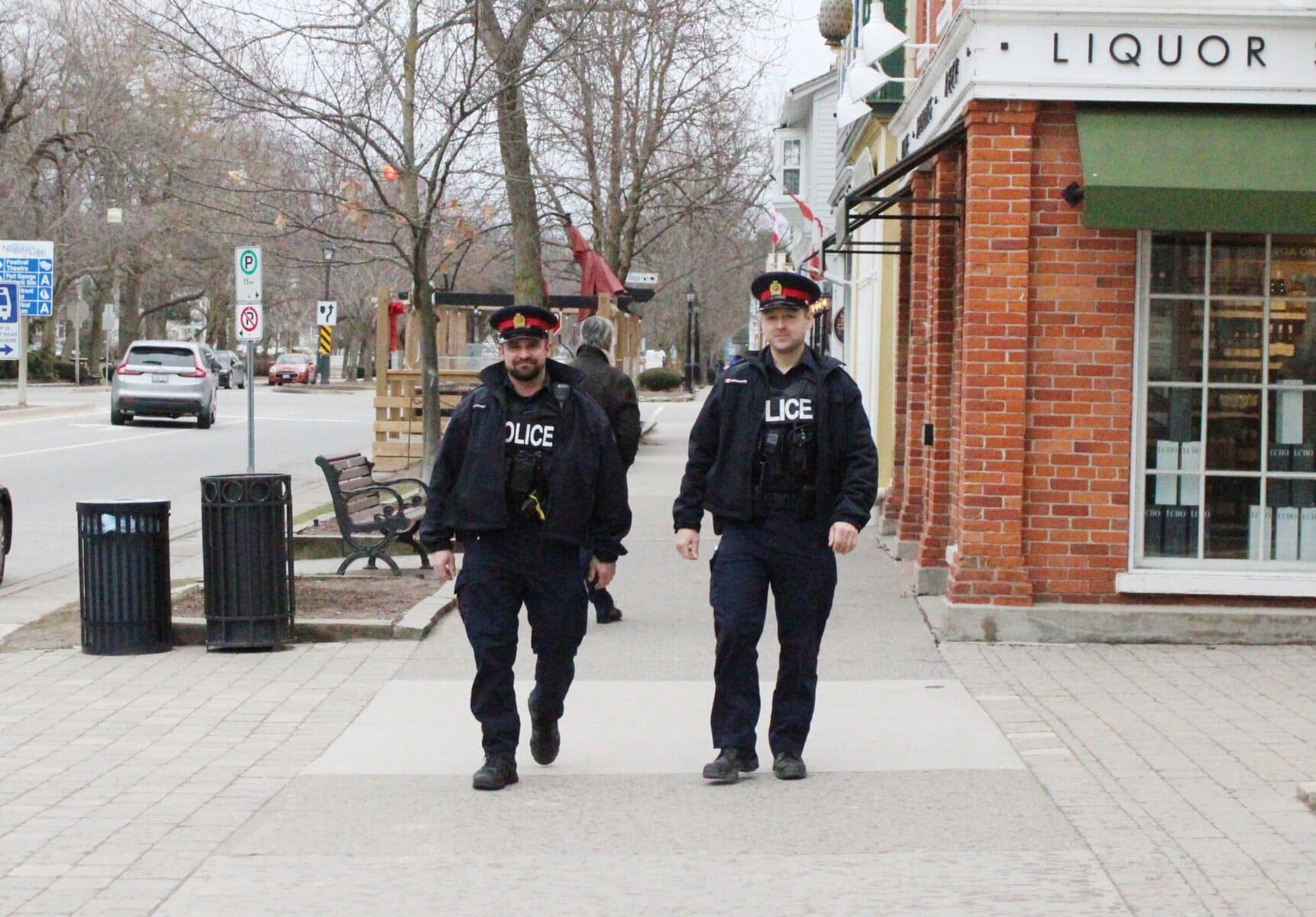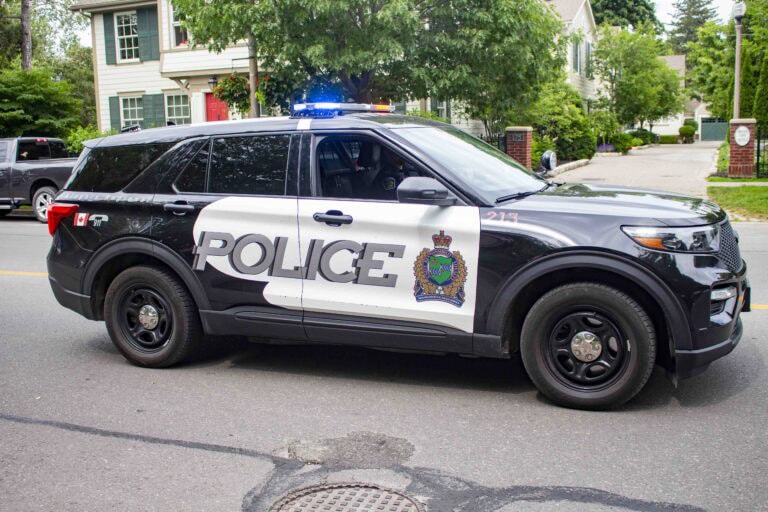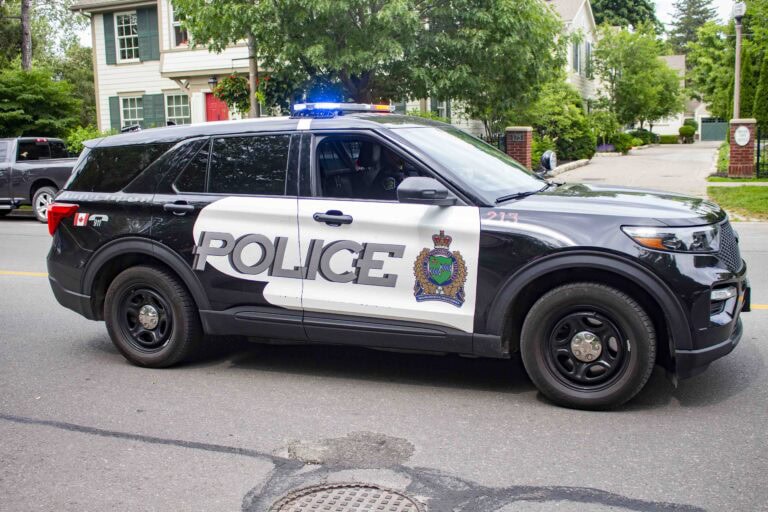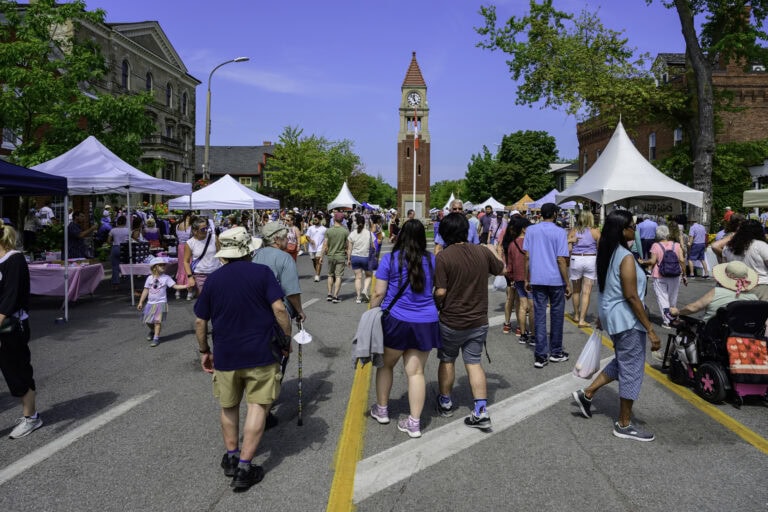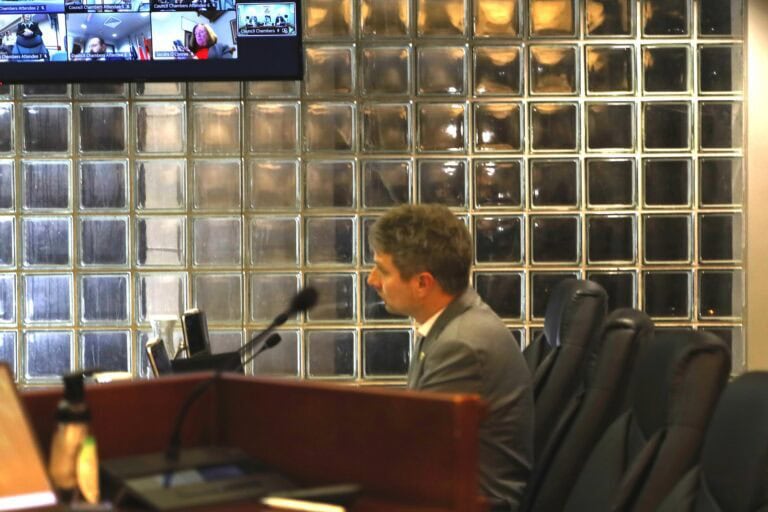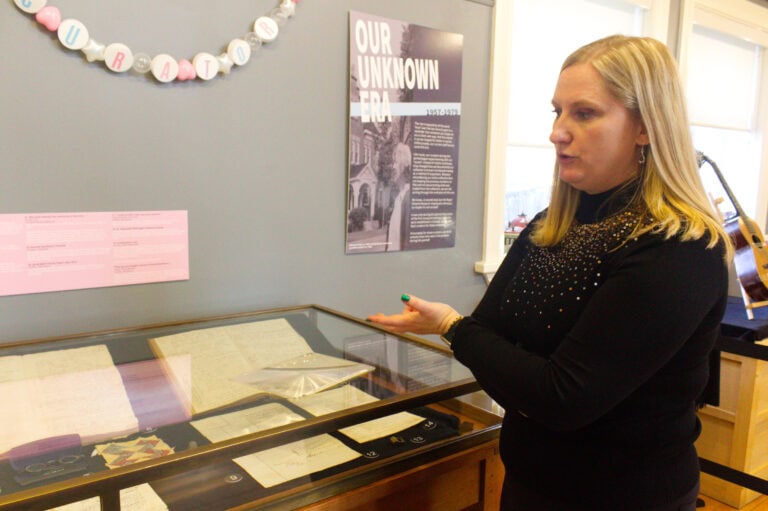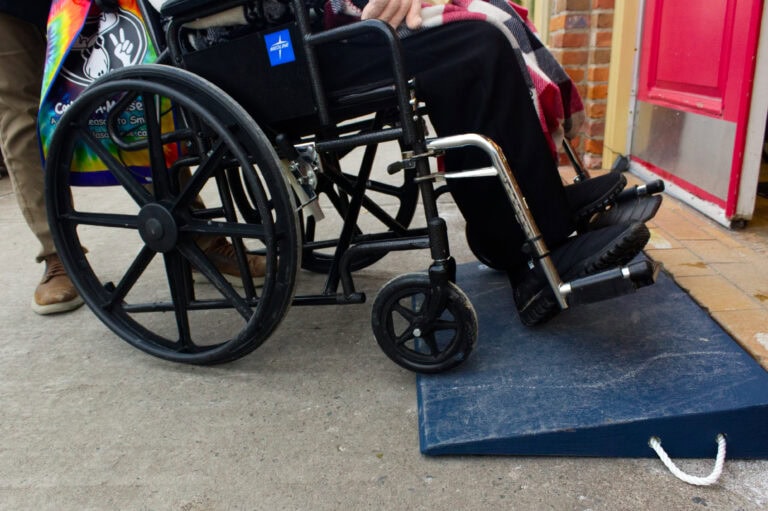NOTL homeowners will pay more than $16 million for policing in 2025, but that total could be a lot lower if regional council stops using home values to calculate how the service is funded, says the former chair of Niagara’s police services board.
Ken Gansel, who lives in Niagara-on-the-Lake, would like to see the costs “driveway-based, not assessment-based,” a move toward how garbage, recycling and transit services are now split.
That way the number of homes and businesses in each municipality, rather than the assessed value of those properties, would determine contributions.
Budget and tax calculations can be rather complex, but with about 196,000 households in Niagara, according to the 2021 census, and just 7,800 households in NOTL, the town’s total contribution could be as little as $7.5 million, The Lake Report determined.
That also would mean other municipalities would pay a lot more.
But Gansel is a realist and thinks politics means it is unlikely regional representatives, especially in Niagara’s larger centres, would ever go along with raising the taxes of the folks they represent in order to ease the burden on residents of NOTL and other small towns.
In June, in an attempt to address what many see as an unfair system, NOTL Regional Coun. Andrea Kaiser convinced her colleagues to order a staff report examining how the region spreads the cost of policing across Niagara.
That report will be ready sometime this fall, but it is unclear what it will say or if it might change the status quo.
Still, Gansel says, the region should at least consider a change.
“Put the vote on the floor and see what happens. It closes the argument in Niagara-on-the-Lake that nobody did anything. OK, you lost.”
But perhaps you can try again in a few years, he said.
“Or maybe there’s another model out there that I haven’t thought of.”
No matter how you look at it, per capita or by assessment, NOTL residents pay more than any other Niagara municipality — and have less police service thanks to a low crime rate.
This year, each of NOTL’s 20,000 residents is in effect paying $786 for policing, more than any other Niagara municipality.
Viewed on a per capita basis, Grimsby is at $458, about 42 per cent less than NOTL.
Welland is at the bottom, paying $255 (one-third of NOTL’s contribution), and St. Catharines comes in at $316, about 60 per cent less than NOTL per person.
When looked at through the lens of property values, the story is the same. Regional data shows the average NOTL home is assessed at $543,320 and ponied up about $1,412 toward the $213-million total police budget.
For 2025, Niagara taxpayers covered $188 million of that total and other levels of government paid the rest.
Next year’s budget could rise to around $230 million.
With many NOTL homes assessed at a lot more than the average, their actual tax bill for policing is substantially higher.
Given NOTL’s low crime rate and level of policing — generally two cars assigned to cover the entire town — many people question the fairness of using property values to calculate their contributions.
Under the current model, it appears Niagara-on-the-Lake residents collectively pay millions more every year for police protection than they would if the region calculated each municipality’s share based on the number of households.
NOTL only has about 7,800 homes, according to Statistics Canada data from the 2021 census. St. Catharines has nearly 60,000.
But because real estate in town is among the most expensive in Niagara, NOTL homeowners’ $1,412 contribution is the most in the region. Larger centres such as St. Catharines ($712), Niagara Falls ($738) and Welland ($596) pay less because homes in those cities have a lower assessed value.
The average home in Lincoln pays $1,049 while in Grimsby the total is $1,168.
This region is somewhat unique in Ontario in that its 12 member municipalities range from small towns like NOTL and Wainfleet to larger centres like St. Catharines, Niagara Falls and Welland.
Finding a middle ground or new funding format, which would need provincial approval, will be a tough sell politically.
As St. Catharines Regional Coun. Laura Ip said when Kaiser introduced her motion in June, moving away from an assessment-based model “will help residents in Niagara-on-the-Lake but harm the rest of the region.”
“The difference in cost allocation isn’t inequitable at all,” contended Ip, who is a member of the police board. “It reflects socioeconomic differences between municipalities.”
Those kinds of arguments complicate the task of coming up with a new way of spreading the tax pain.
For NOTL, it is not a new debate. Concern about what the town pays for policing has percolated for years.
In an interview, Gansel noted, “The biggest argument you hear in this town is that there’s only two police officers here, only two cars.”
“That’s 100 per cent correct. But there’s nothing outlandish about that” because crime is low in NOTL.
The police chief and his senior officers assign coverage based on need — and there’s not much serious crime in NOTL, which is a big positive, emphasized Gansel, who has lived in town for nearly 50 years.
Besides, when something bad does happen here, the police can be on the scene quickly, he said.
He cited the example of when violence erupted and someone pulled a knife on the final night of the Virgil Stampede in 2023.
The two officers on-site called for backup and the first cruiser was there within seven minutes. Another handful arrived within 12 minutes, he said.
So, in Gansel’s view, the argument about NOTL only having two police cars assigned isn’t really valid because that number is a reflection of the low crime rate in town.
Everyone would like more police officers available and visible, but the department has to deploy them where they are needed most, based on known crime data.
“The town should be grateful that there’s only two because, guess what, no one’s being shot in the middle of the street like in Toronto,” Gansel commented.
So, in his view, NOTL is policed adequately based on the level of reported crime.
Those who object to using assessment to calculate NOTL’s share of police costs contend residents here pay a lot more than their fair share.
To eventually get more police coverage in NOTL, Gansel says everybody needs to report problems to the police, whether it’s a minor car break-in or more serious crime.
“Because it ends up as an incident and then if you get a number of incidents, well, maybe after midnight, (police will decide) we need a third car on for four hours.”
“But that’s where the data comes from. If you don’t report it, they don’t know about it.”
Now retired, Gansel has had extensive experience as a civilian working in law enforcement in Niagara, where he oversaw IT operations, Ottawa and as a senior official with the provincial attorney general’s ministry in Toronto.
He noted that while the police board oversees the service, it doesn’t dictate how to police the region. That’s the chief’s responsibility.
However, the 32 members of regional council can affect how municipalities pay for policing — and that’s where political will comes in.
“The individual councillors are the ones that make the decision and the ones that vote. And 17 or 18 votes, you win the vote on switching from an assessment-based model to a household or driveway model,” Gansel said.
“But the larger municipalities have the large voting blocs and it’s not in their interest” to change how police funding is done.
Given that, change seems a long shot, but Gansel looks forward to the debate nonetheless.



